Category: tech related
-
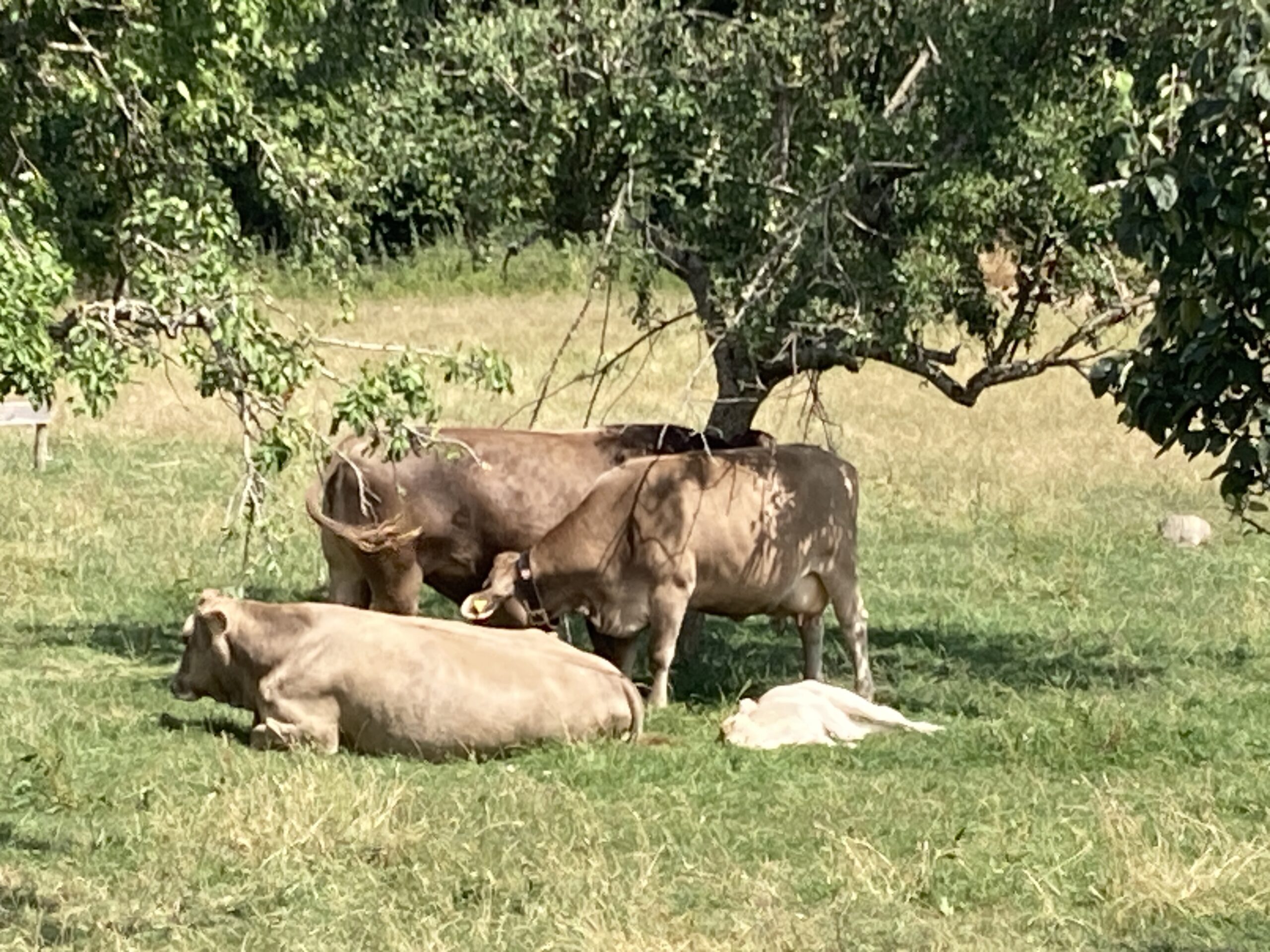
X-Istential – Podcasts and Where We Find People
Reading Time: 3 minutesYesterday Twitter decided to re-brand as X. X.com redirects to Twitter.com. Within the next few days, weeks, months twitter will change its name and brand, and the URLs will be wrong. All twitter links, all embedded tweets, everything will become dead links. When we look for something on Twitter, we will be…
-
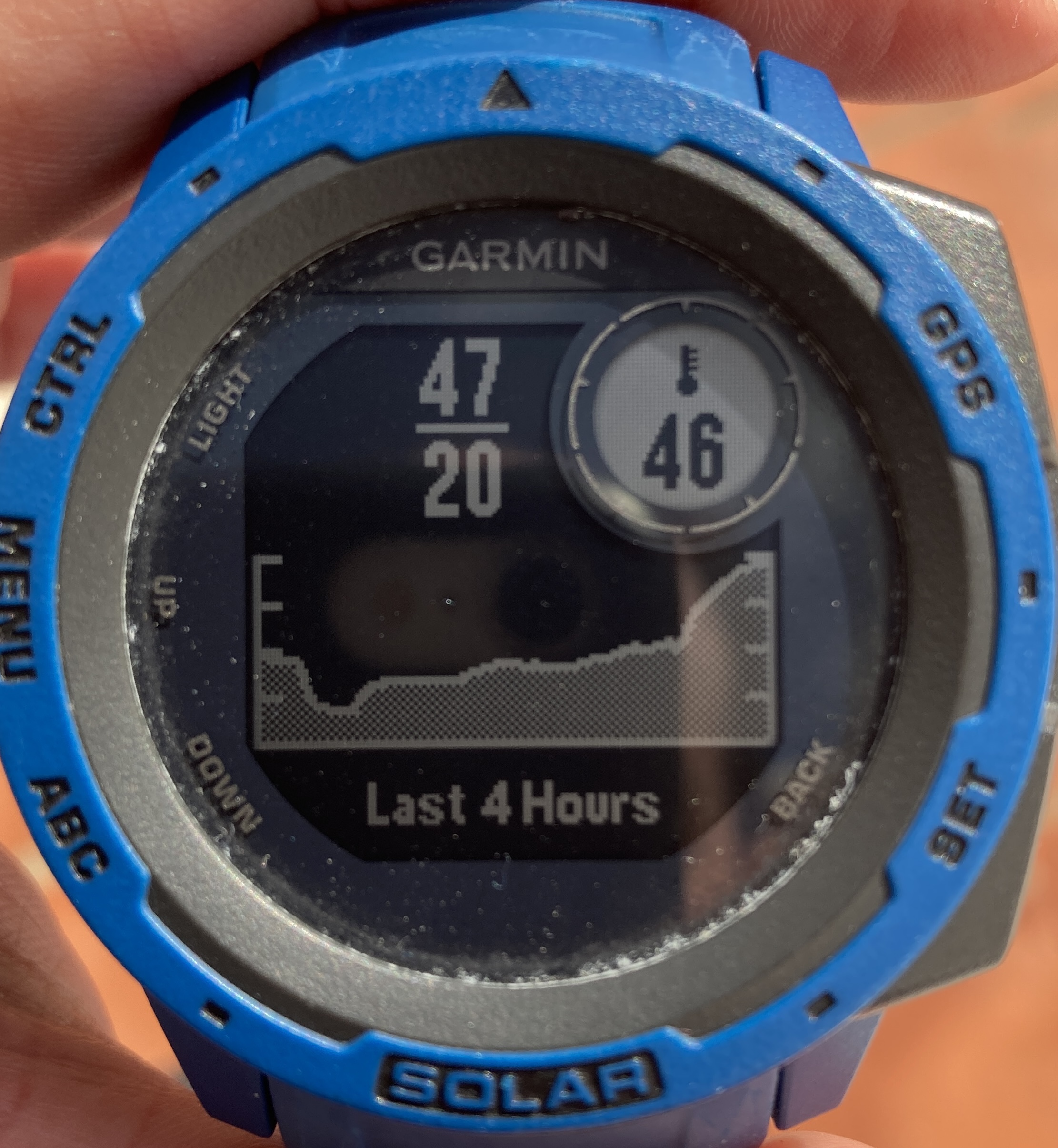
Garmin Instinct Solar Low Battery
Reading Time: 2 minutesYesterday just as I was telling the Garmin Instinct to start tracking I noticed that I had 20 or less percent of battery left so I considered turning around, to swap to another device. I didn’t, and I just went for a 12km walk. During the walk I was more focused on…
-
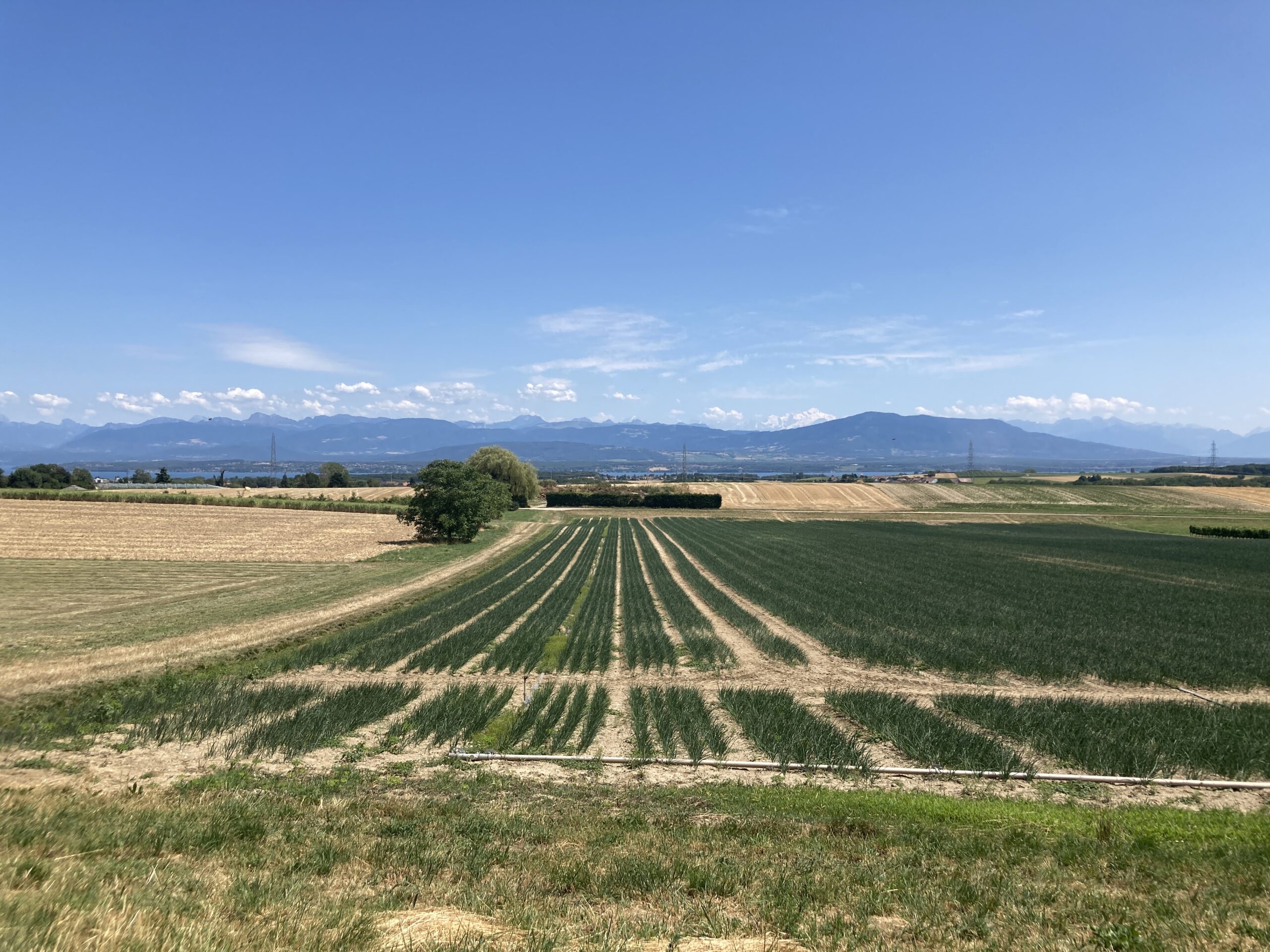
On Quitting Corporate Social Media
Reading Time: 4 minutesIt’s interesting that we can stop using a website that is so integral to our lives for years. During the pandemic I quit facebook because I was flamed and trolled at a time when I needed friendship and support. Facebook has been known to make people depressed. During lockdown I decided to…
-
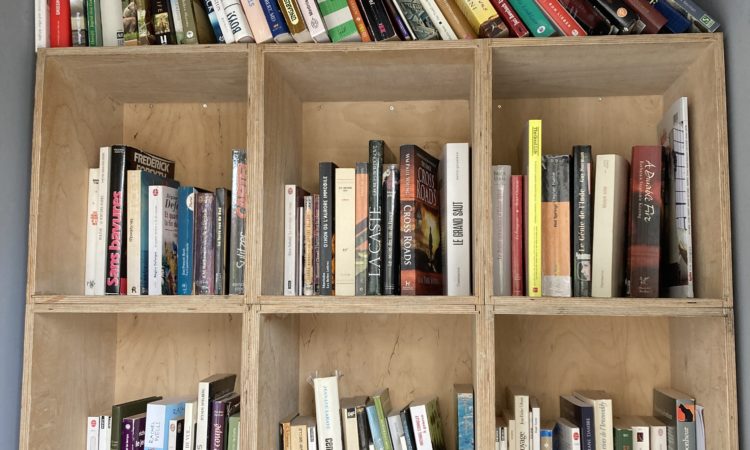
Conversing With Google Bard
Reading Time: 4 minutesTwo days ago I was given access to Google Bard and since then I have been experimenting. The key feature that sets Google Bard apart from ChatGPT is that it can answer questions about what is happening at the moment, rather than before September 2021. By being current you can ask it…
-
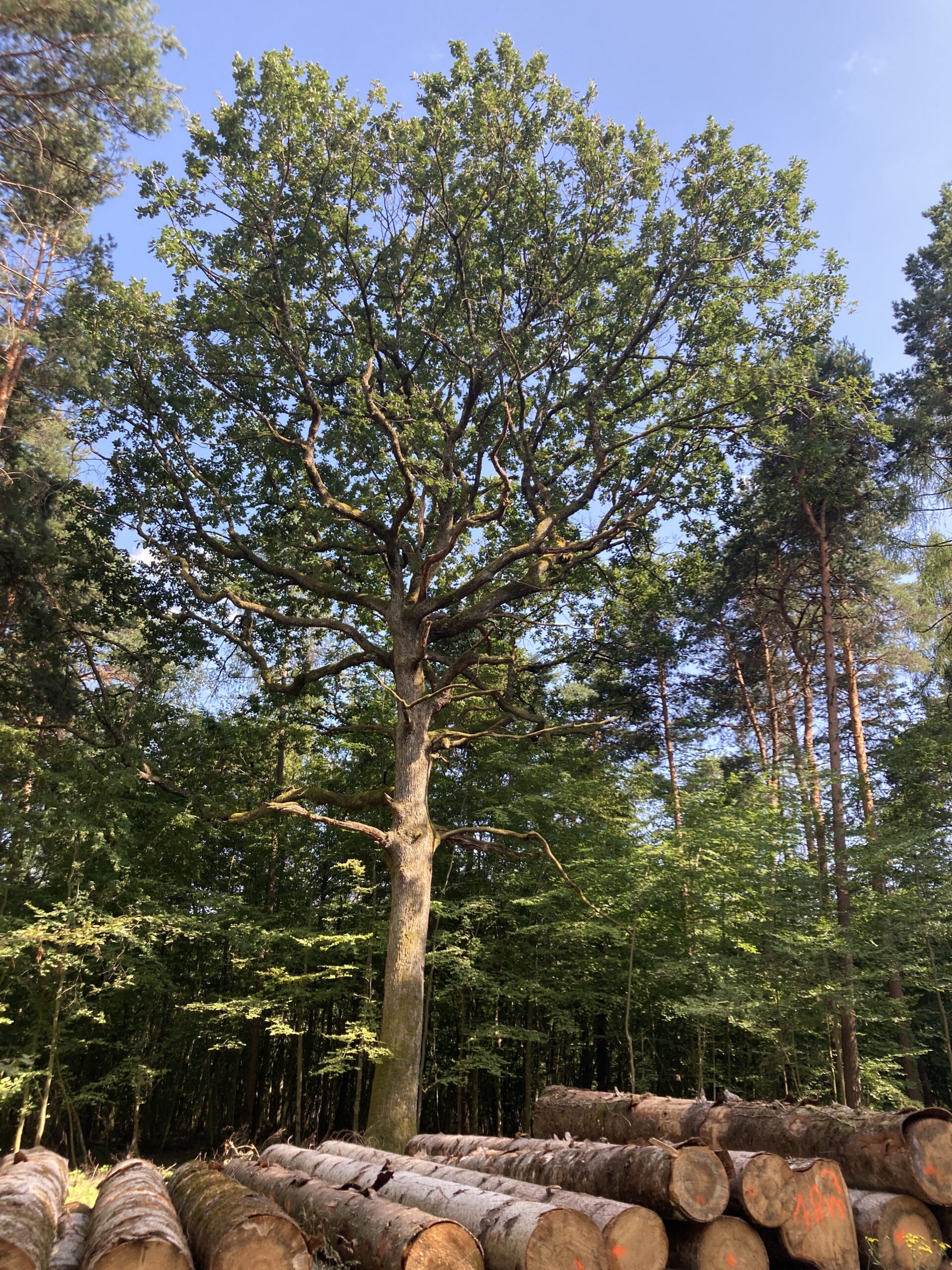
The Culture of Hashtags
Reading Time: 4 minutesYesterday I noticed that the blog posts I write in Hugo via Vim are uglified on Mastodon and Calckey. By uglified I mean that the neat and tidy key words that I use as tags are converted into hashtags on Mastodon and Calckey and this makes me both sad and angry. It…
-
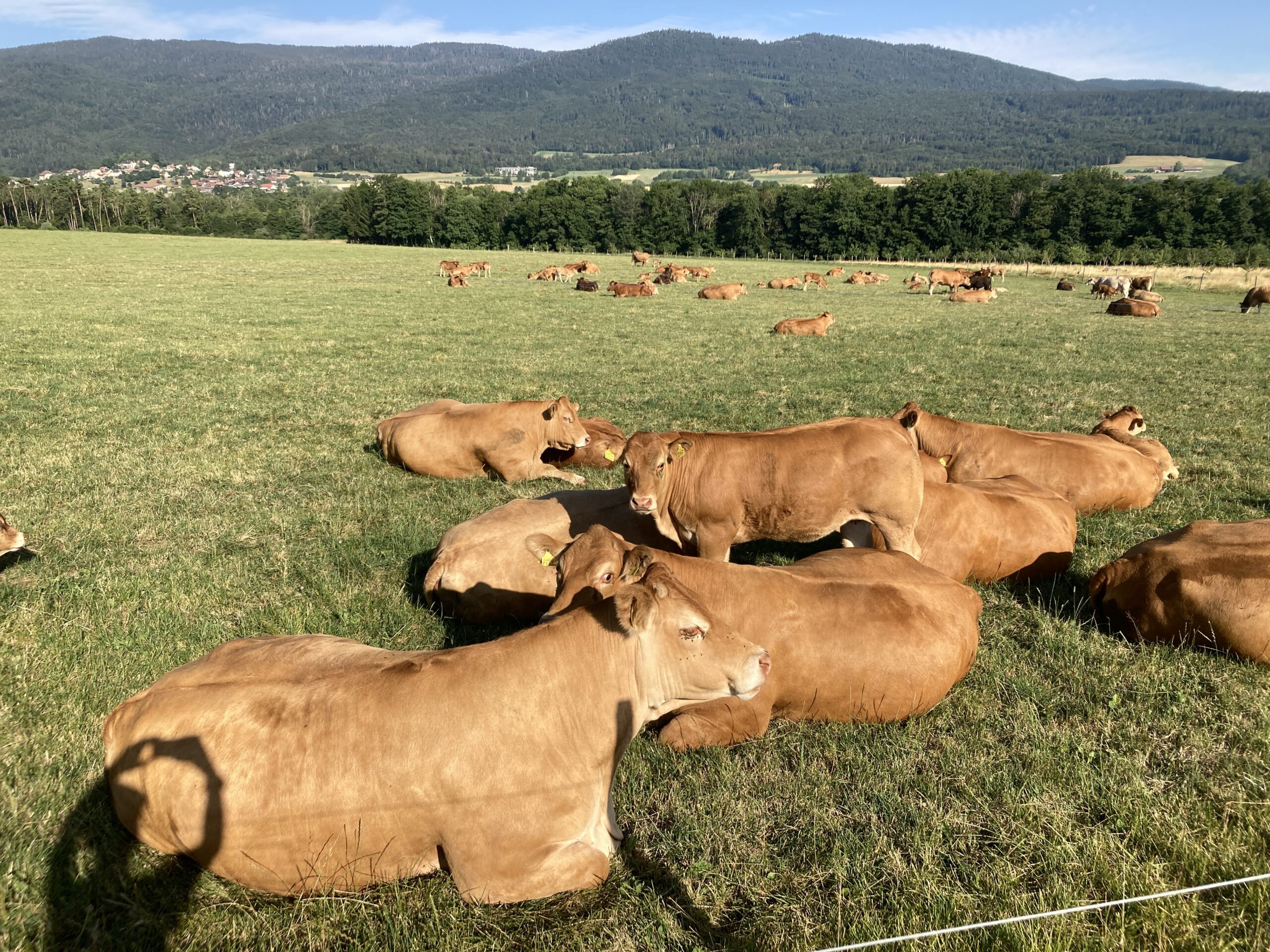
Personal AI – Your Personal Language Model
Reading Time: 3 minutesYesterday chatGPT was down, yet again, so I browsed through the web looking for other Large Language Models to experiment with. In the process I came across personal AI. Personal AI is an app, at the moment, that runs on your laptop, but will eventually come to mobile phones and more. The…
-

Playing with Front Matter
Reading Time: 2 minutesFor those who want to use Hugo, but find post creation and management complicated there is a FrontMatter plugin that should help. This is a plugin that makes it easy to create new posts in the category of your choice. It automatically creates the title, description field, that you need to populate,…
-

Road Side Fires and Hashtags
Reading Time: 2 minutesThere is a level three risk of foresst fires at the moment. Now is a time when smoking and other forms of fire should be forbidden. Now is the time of year where the sides of roads catch alight easily. Forests are at risk. Yesterday when driving home I spotted a fire…
-
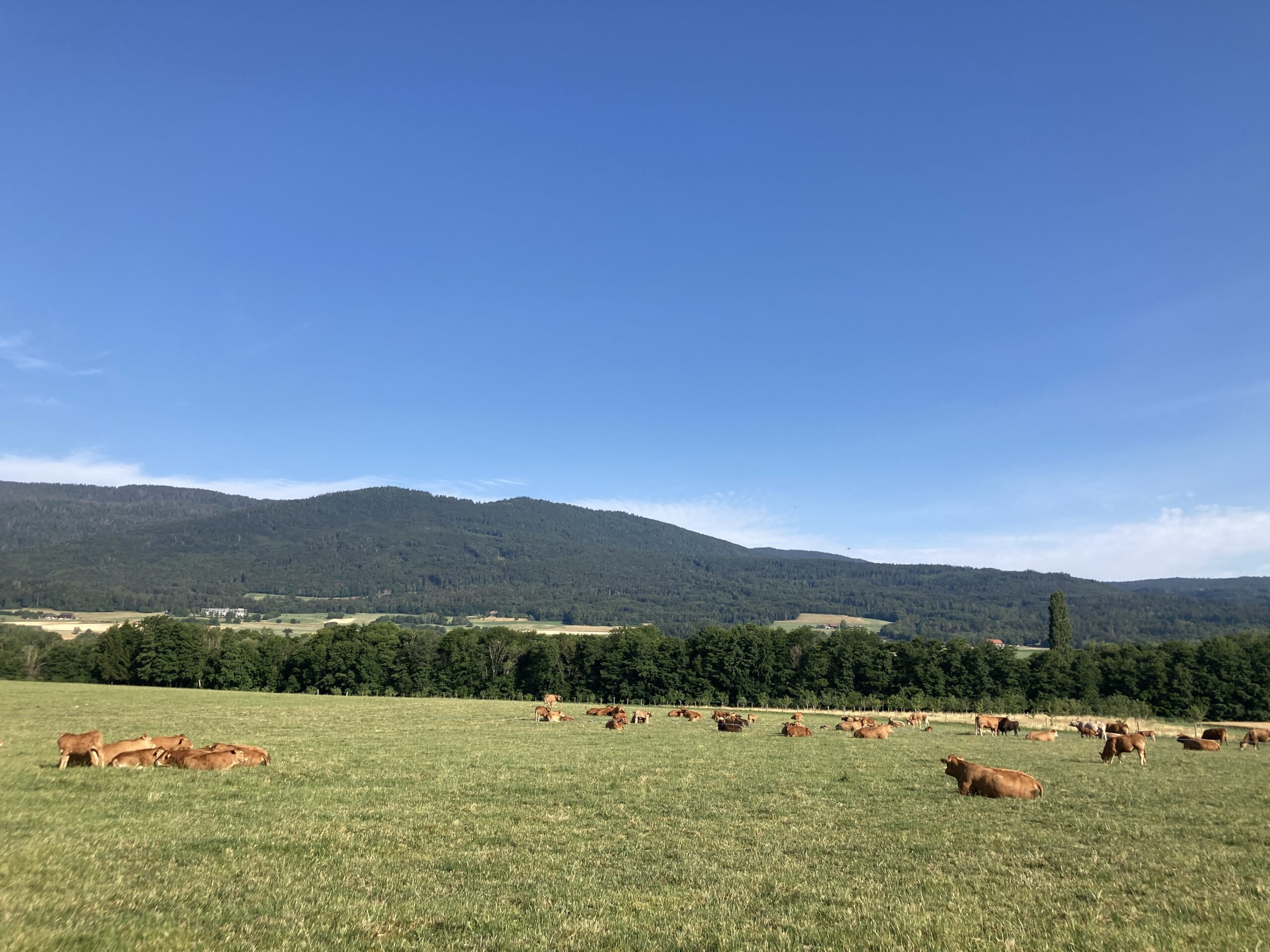
A Little Too Experimental
Reading Time: 3 minutesThe Fediverse is great because people are experimenting and trying new idea. It’s also great because we can be there through every step of the process. This is also why things could be better. I am now writing my blog in Hugo first, and then moving the content over to WordPress at…
-

Using WordPress as a Fediverse Instance
Reading Time: 3 minutesOver a period of a few days I have turned my WordPress blog into a fediverse instance. The process took some trial and error. In the end it was quit easy and there are three steps. Step One: Have a WordPress Instance The first step is to have a WordPress blog/CMS. You…